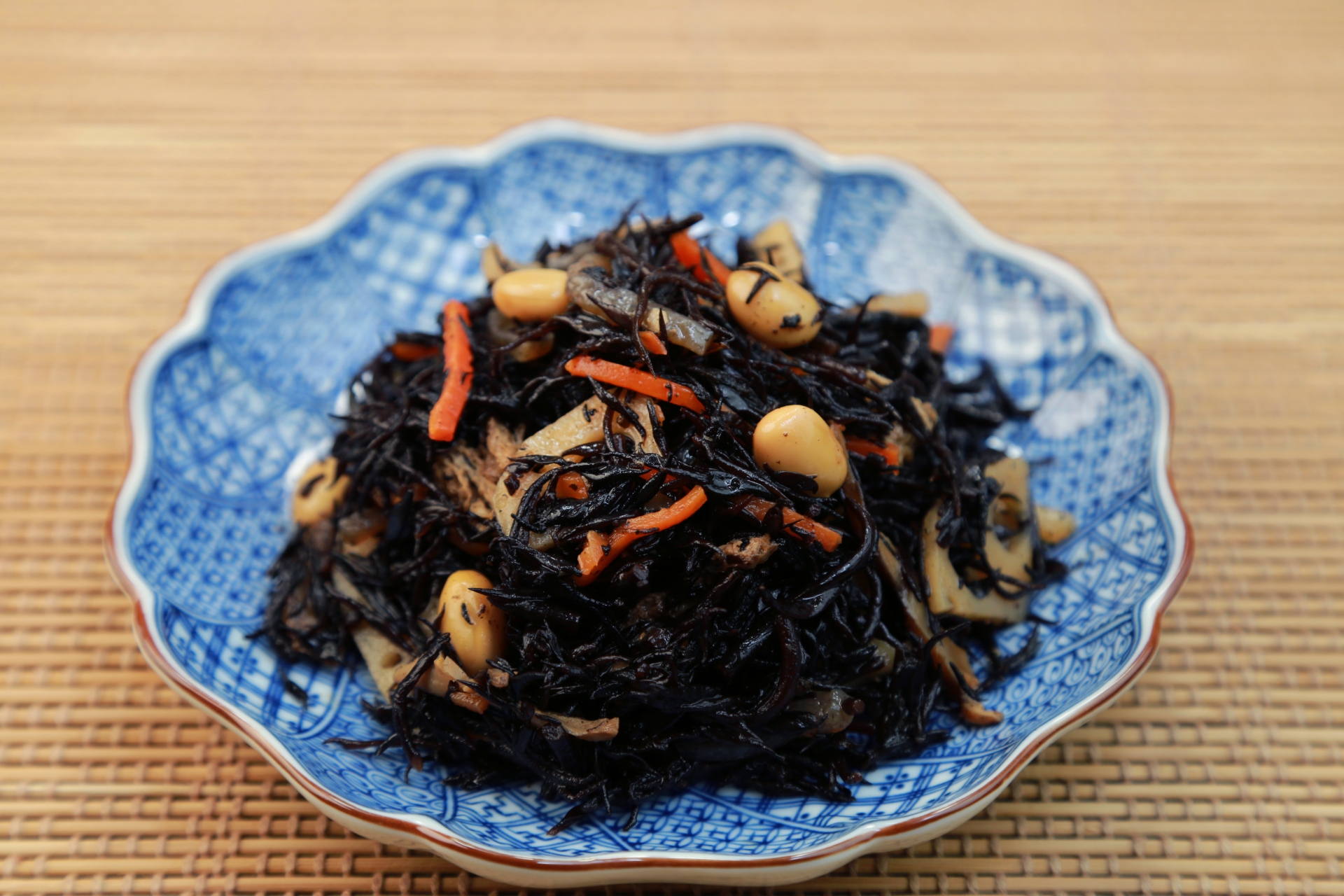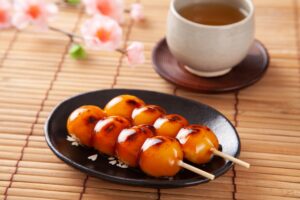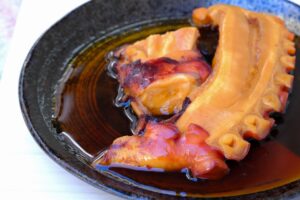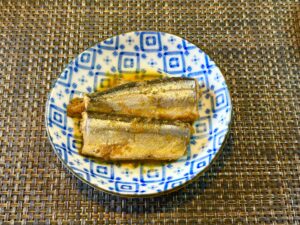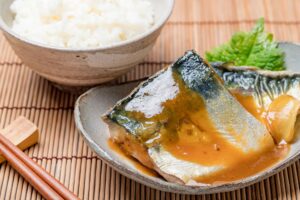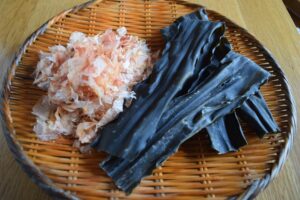Simmered hijiki, or hijiki no nimono, is a classic Japanese side dish made from rehydrated hijiki seaweed simmered with vegetables and seasonings. Known for its earthy flavor and crunchy texture, it is a staple in home-cooked meals and bento boxes. This guide explores its cultural roots, nutritional value, preparation methods, and how you can enjoy it safely at home.
What Is Simmered Hijiki?
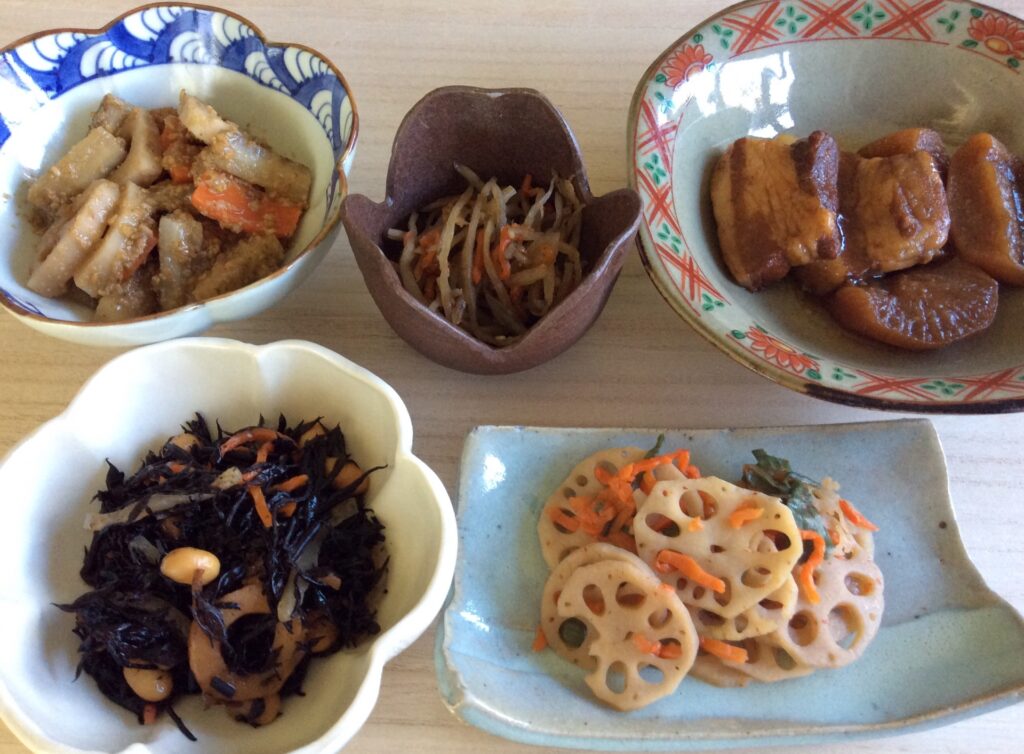
Simmered hijiki, known in Japanese as hijiki no nimono (ひじきの煮物), is a traditional side dish made from hijiki, a type of brown seaweed (Sargassum fusiforme) harvested mainly along the rocky coastlines of Japan and Korea. Once gathered, hijiki is boiled, dried, and sold in its dehydrated form, which expands several times its size after soaking in water.
The cooking style, nimono, refers to foods simmered gently in a seasoned broth—typically a mix of soy sauce, mirin (sweet rice wine), sake, and dashi (Japanese stock). In the case of simmered hijiki, the seaweed is often paired with julienned carrots, fried tofu (aburaage), and sometimes lotus root or edamame, creating a dish that balances earthy flavors, tender vegetables, and a satisfying crunch.
In Japanese households, simmered hijiki appears frequently in bento boxes, school lunches, and home-cooked meals. While not typically the star of a meal, it plays a vital supporting role, offering rich umami flavor, dietary fiber, and a connection to culinary tradition. It’s also a popular make-ahead dish, as the flavors deepen after resting overnight.
Nutritional Benefits and Health Considerations
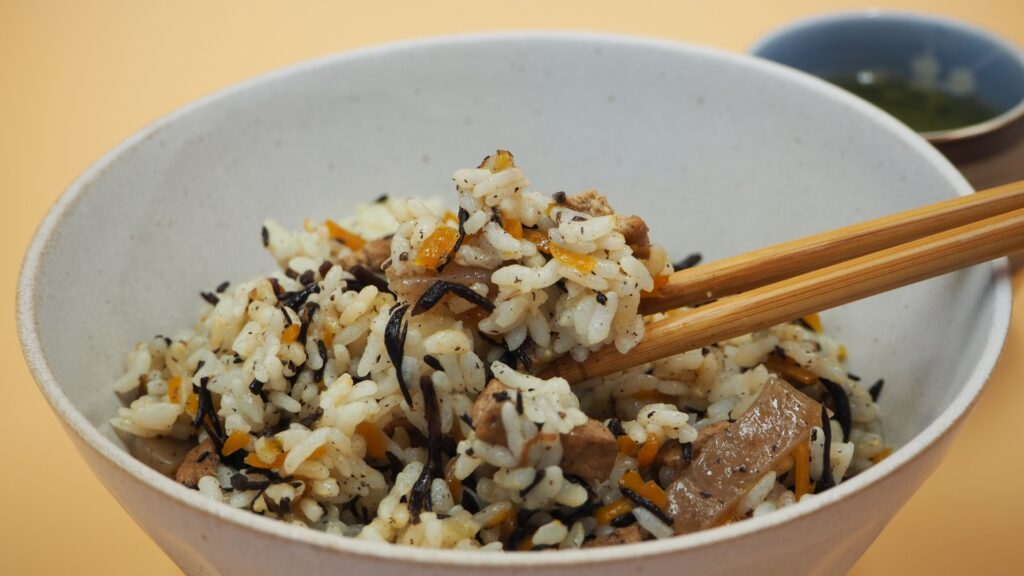
Hijiki is highly regarded in Japan for its nutrient density. Per serving (about 10g dried), it contains:
- Dietary fiber – Supports healthy digestion and gut microbiota.
- Iron – Important for oxygen transport in the blood.
- Calcium – Essential for bone health and muscle function.
- Magnesium – Contributes to nerve function, energy production, and cardiovascular health.
In traditional food culture, hijiki has long been associated with promoting shiny hair and strong bones—a belief passed down through generations.
However, hijiki contains naturally occurring inorganic arsenic, which has raised safety concerns. Japanese Ministry of Health guidelines recommend moderate consumption (no more than a few servings per week), especially for children and pregnant women. The FDA has not banned hijiki but advises caution, particularly for those eating seaweed regularly.
Is Hijiki Safe to Eat?
The inorganic arsenic in hijiki occurs naturally from its marine environment. Research shows that soaking hijiki thoroughly and discarding the soaking water can significantly reduce arsenic content. Boiling it in fresh water before simmering also helps.
Health authorities’ recommendations:
- Japan: Enjoy in moderation; part of a varied diet.
- UK & Canada: Official advisories suggest avoiding frequent consumption.
- USA (FDA): No outright ban, but encourages awareness of arsenic risks.
For most healthy adults, occasional hijiki dishes—prepared properly—pose minimal risk. If you’re concerned, consider substituting with other seaweeds like arame or wakame.
How to Make Simmered Hijiki at Home
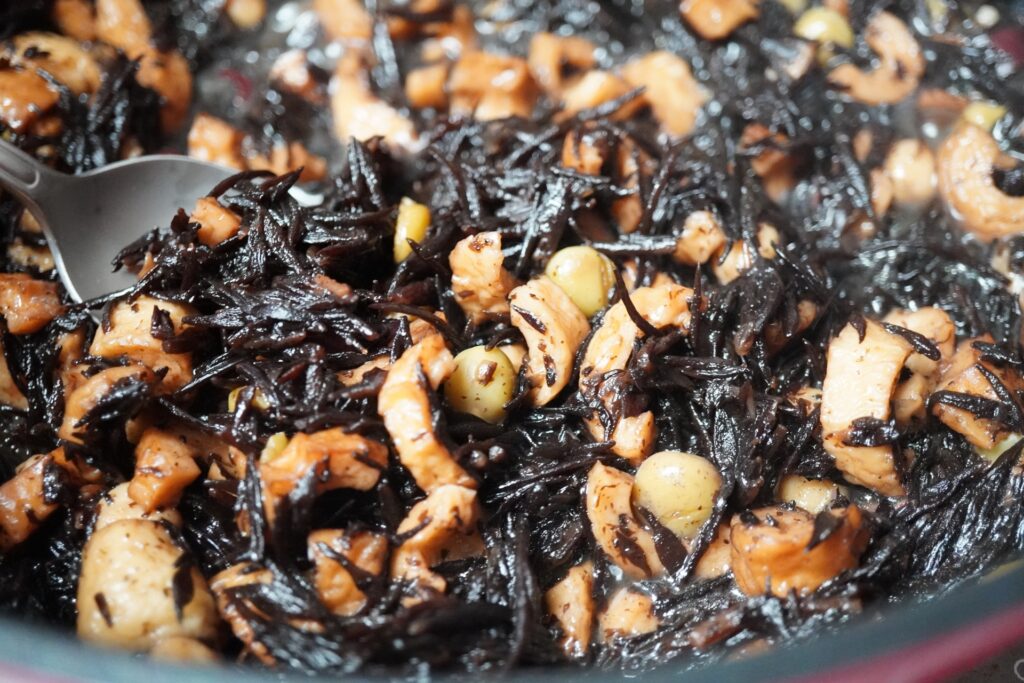
Cooking time: ~30 minutes (plus soaking)
Servings: 4
Step-by-step:
- Rehydrate: Place dried hijiki in a large bowl, cover with plenty of cold water, and soak for 20–30 minutes. Drain and rinse thoroughly.
- Prep ingredients: Slice carrots into thin matchsticks, cut fried tofu (aburaage) into strips, and prepare optional add-ins (lotus root, mushrooms).
- Sauté: Heat a little sesame oil in a pan. Add hijiki, carrots, and tofu; stir-fry for 2–3 minutes.
- Simmer: Add 1 cup dashi, 2 Tbsp soy sauce, 2 Tbsp mirin, and 1 Tbsp sake. Reduce heat and simmer until liquid is nearly absorbed (~15 minutes).
- Serve: Enjoy warm or at room temperature. Flavor deepens if refrigerated overnight.
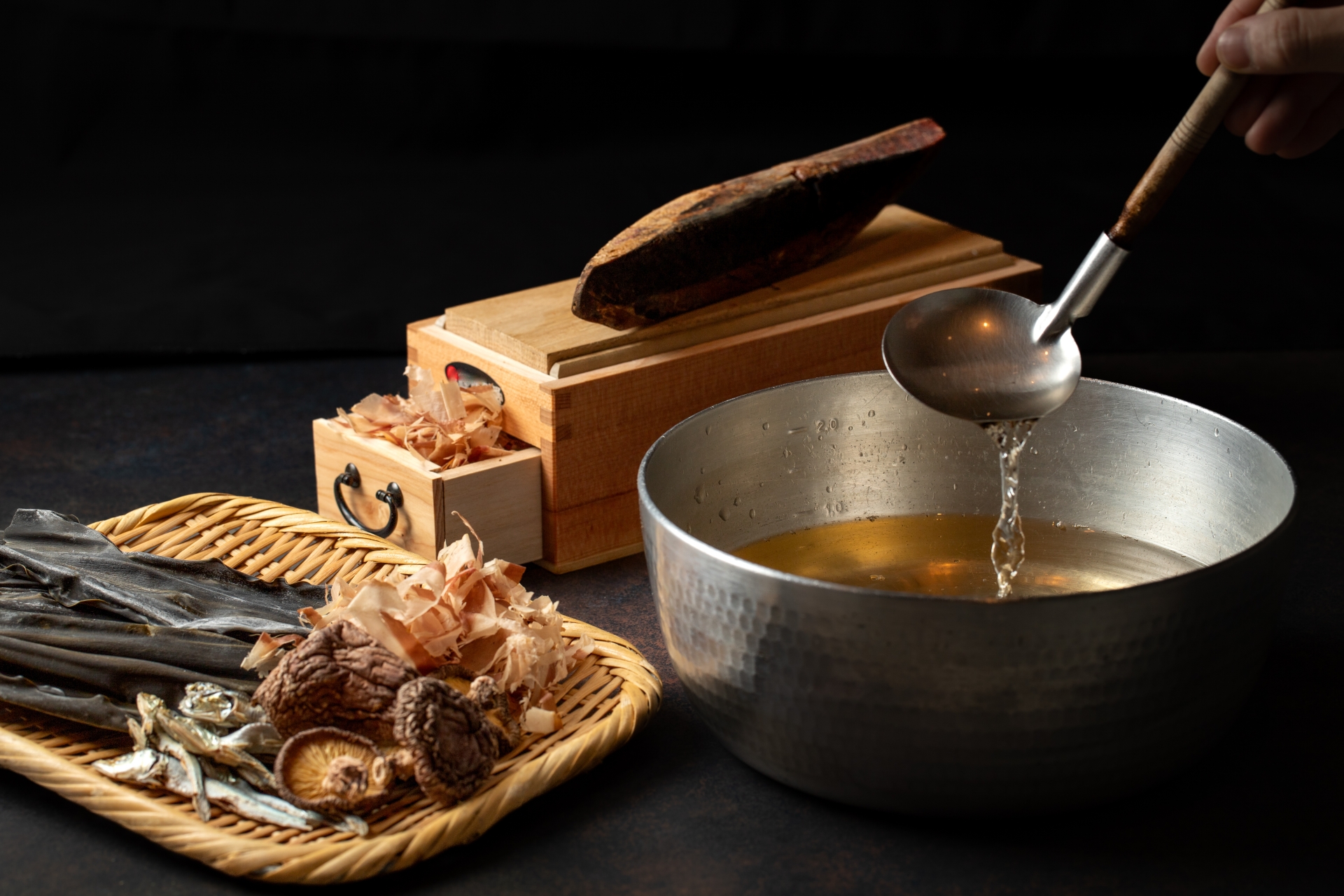
Ingredients You’ll Need
Traditional:
- Dried hijiki (long or short type)
- Carrot
- Fried tofu (aburaage)
- Dashi stock
- Soy sauce, mirin, sake
Possible substitutions:
- Seaweed: Arame (milder) or wakame (softer texture)
- Broth: Mushroom or kombu dashi for vegan cooking
- Soy-free: Use tamari or coconut aminos
Where to buy: Asian grocery stores, Japanese specialty shops, or online retailers like Amazon, Mitsuwa, and Japan Centre.
Cooking Tips for the Best Flavor
- Soaking time matters: 20–30 minutes for short hijiki; up to 1 hour for long hijiki. Over-soaking can make it mushy.
- Balance sweetness: Adjust mirin or sugar to taste. Traditional recipes lean slightly sweet.
- Texture control: Keep a little broth at the end for a juicier finish, or simmer dry for bento-friendly portions.
- Storage: Refrigerate up to 3 days; freeze for up to 1 month.
Modern and International Variations
While simmered hijiki is rooted in Japanese tradition, it adapts beautifully to modern, global dishes:
- Pasta: Toss rehydrated hijiki with garlic, olive oil, and chili flakes for a Japanese-Italian fusion.
- Grain bowls: Add hijiki to quinoa or brown rice bowls with roasted vegetables and tahini dressing.
- Vegan salads: Mix with chickpeas, cucumbers, and lemon vinaigrette for a refreshing protein-packed dish.
Its savory umami flavor makes it an excellent pairing with grilled fish, tofu steaks, or even avocado toast for a twist.
Cultural Significance of Hijiki in Japan
Hijiki has been part of the Japanese diet for centuries, valued not only for nutrition but also for its symbolic meaning. Traditionally, it appears in spring meals after the seaweed harvest, symbolizing good fortune and vitality. In the Edo period, it was a preserved food staple for long sea voyages.
Today, it’s still a common item in school lunches, where children learn to enjoy traditional flavors from a young age. In bento culture, its deep black strands offer visual contrast, highlighting the Japanese concept of goshiki (five colors) for balanced, beautiful meals.
Conclusion: Bringing Simmered Hijiki to Your Table
Simmered hijiki is more than a side dish—it’s a connection to Japan’s coastal heritage, a source of vital nutrients, and a versatile ingredient for modern kitchens. By soaking and preparing it properly, you can enjoy its earthy taste and crunchy texture while keeping health considerations in mind.
Whether you stick to the classic carrot-and-tofu version or experiment with grain bowls and salads, simmered hijiki is a delicious way to add variety and depth to your diet. Try making it at home, and you might just find it becoming a regular guest at your table—both in traditional Japanese meals and your own creative culinary blends.

